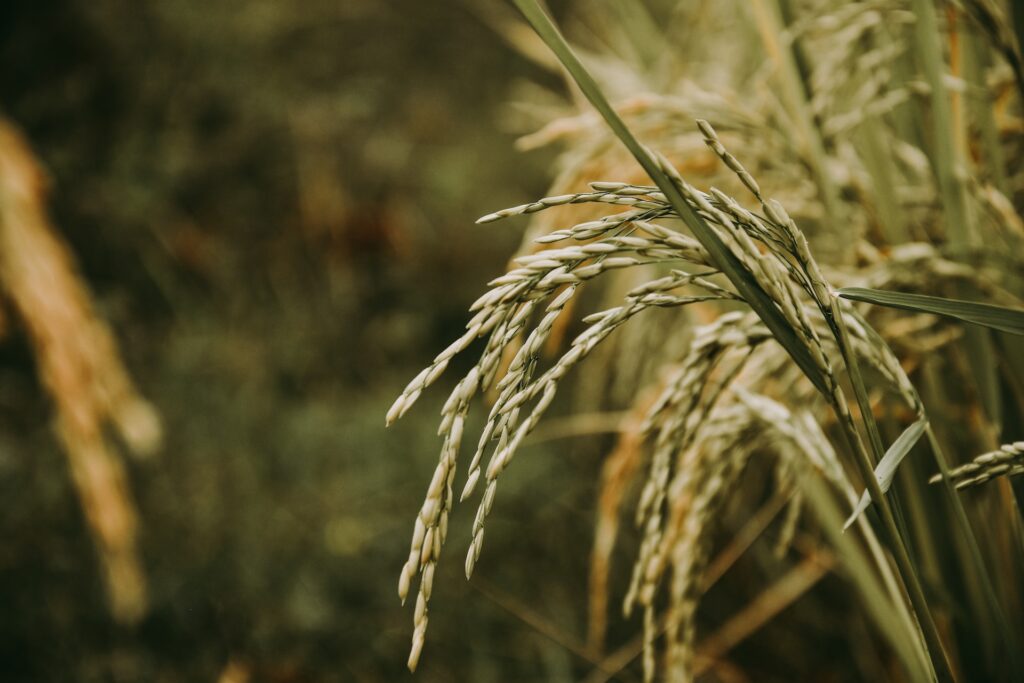In the ever-evolving realm of culinary excellence, Bảie rice stands as a testament to both tradition and innovation. This article delves deep into the heart of this exquisite grain, exploring its history, cultural significance, nutritional value, and culinary versatility. As we embark on this gastronomic journey, we invite you to join us in discovering the wonders of rice.
A Brief Introduction to Bảie Rice
The Origins
Baie rice, also known as “cơm Bảie” in Vietnamese, is a variety of rice native to the mesmerizing landscapes of Southeast Asia, particularly Vietnam. Its origins can be traced back centuries, firmly entwined with the rich tapestry of Vietnamese culture. The name “Bảie” itself resonates with the lush green rice paddies that stretch as far as the eye can see in the Vietnamese countryside.
The Characteristics
Bảie rice is celebrated for its distinctive characteristics that set it apart from other rice varieties. Its grains are slender, long, and elegant, with a subtle fragrance that evokes a sense of comfort and nostalgia. These grains, when cooked, exhibit a delightful stickiness that makes them perfect for crafting traditional Vietnamese dishes.
Bảie Rice in Vietnamese Cuisine
Another popular dish that incorporates rice is “bánh chưng,” a traditional rice cake typically enjoyed during the Lunar New Year, known as Tet in Vietnam. The rice is combined with mung beans and pork, creating a savory and sumptuous treat.
Beyond Vietnamese Borders
The appeal of Bảie rice transcends national boundaries. Its exquisite texture and ability to absorb flavors make it a favorite among chefs and food enthusiasts worldwide. From sushi to risotto, Bảie rice seamlessly integrates into diverse cuisines, adding a touch of sophistication to every dish.
Nutritional Value
Bảie rice not only tantalizes the taste buds but also offers a host of nutritional benefits. It is a low-fat, gluten-free grain that is rich in essential nutrients. With a low glycemic index, it is an ideal choice for individuals seeking to maintain stable blood sugar levels.
A Healthy Choice
Moreover, Bảie rice is a significant source of complex carbohydrates, providing sustained energy throughout the day. It also contains essential vitamins and minerals, including B vitamins and iron, which contribute to overall well-being.
Cultural Significance
A Symbol of Prosperity
In Vietnamese culture, rice holds a position of immense significance. It is often considered a symbol of prosperity, fertility, and unity. Bảie rice, with its premium quality and esteemed history, embodies these cultural values, making it an essential part of ceremonies and celebrations.
Sustainable Agriculture
The cultivation of Bảie rice is deeply intertwined with sustainable agricultural practices. Farmers in Vietnam have perfected the art of nurturing these delicate grains, employing eco-friendly methods that preserve the natural beauty of the countryside. This commitment to sustainability ensures the continued availability of rice for generations to come.
The Future of Bảie Rice
As global culinary trends continue to evolve, Bảie rice stands poised to capture the imagination of chefs, food enthusiasts, and health-conscious individuals alike. Its unique attributes, cultural significance, and nutritional value make it a timeless ingredient that transcends borders.
Conclusion
Bảie rice is more than just a grain; it is a symbol of tradition, innovation, and the enduring connection between food and culture. Whether enjoyed in a traditional Vietnamese dish or as an integral part of global cuisine, rice promises a culinary experience that is both delightful and enriching.

